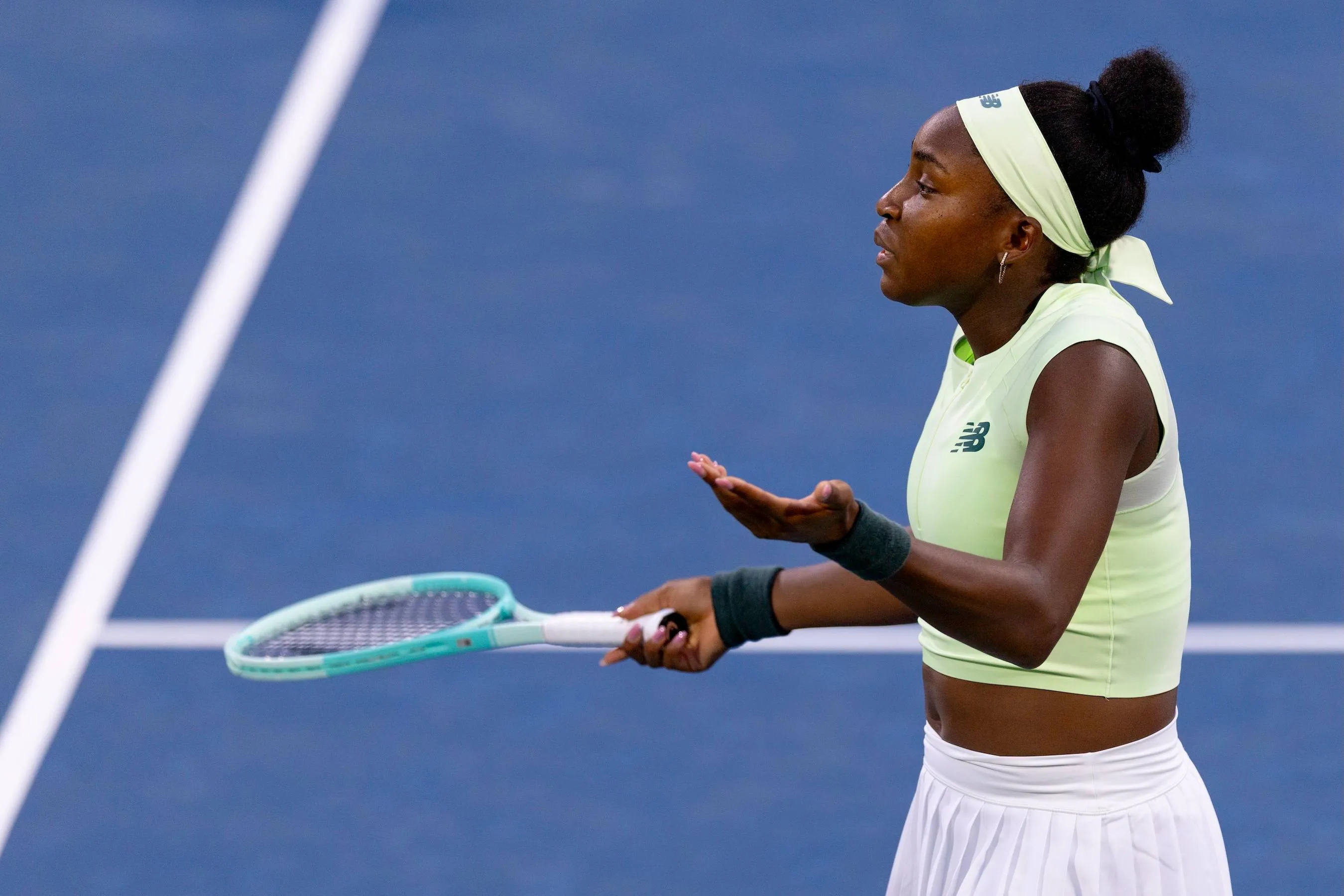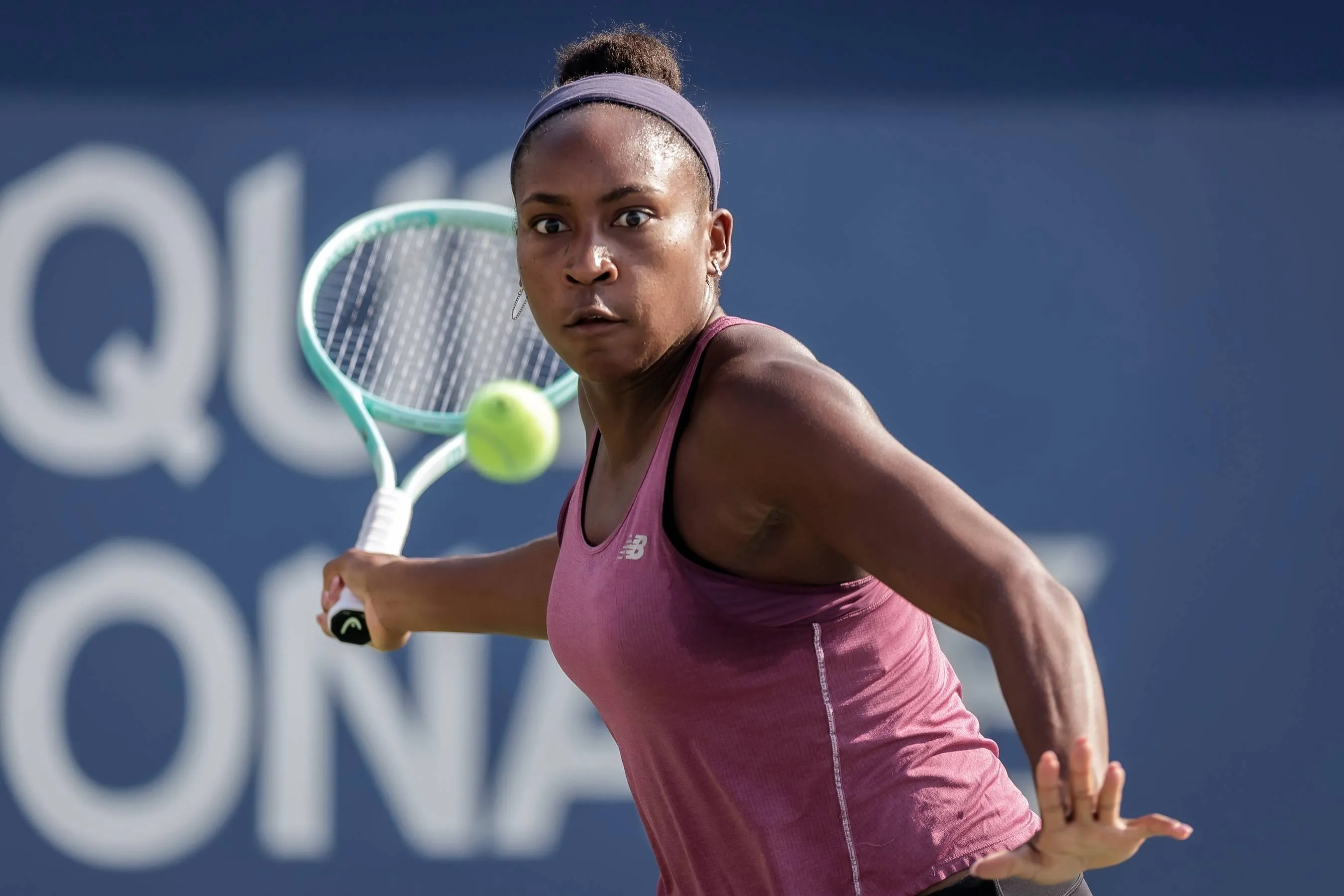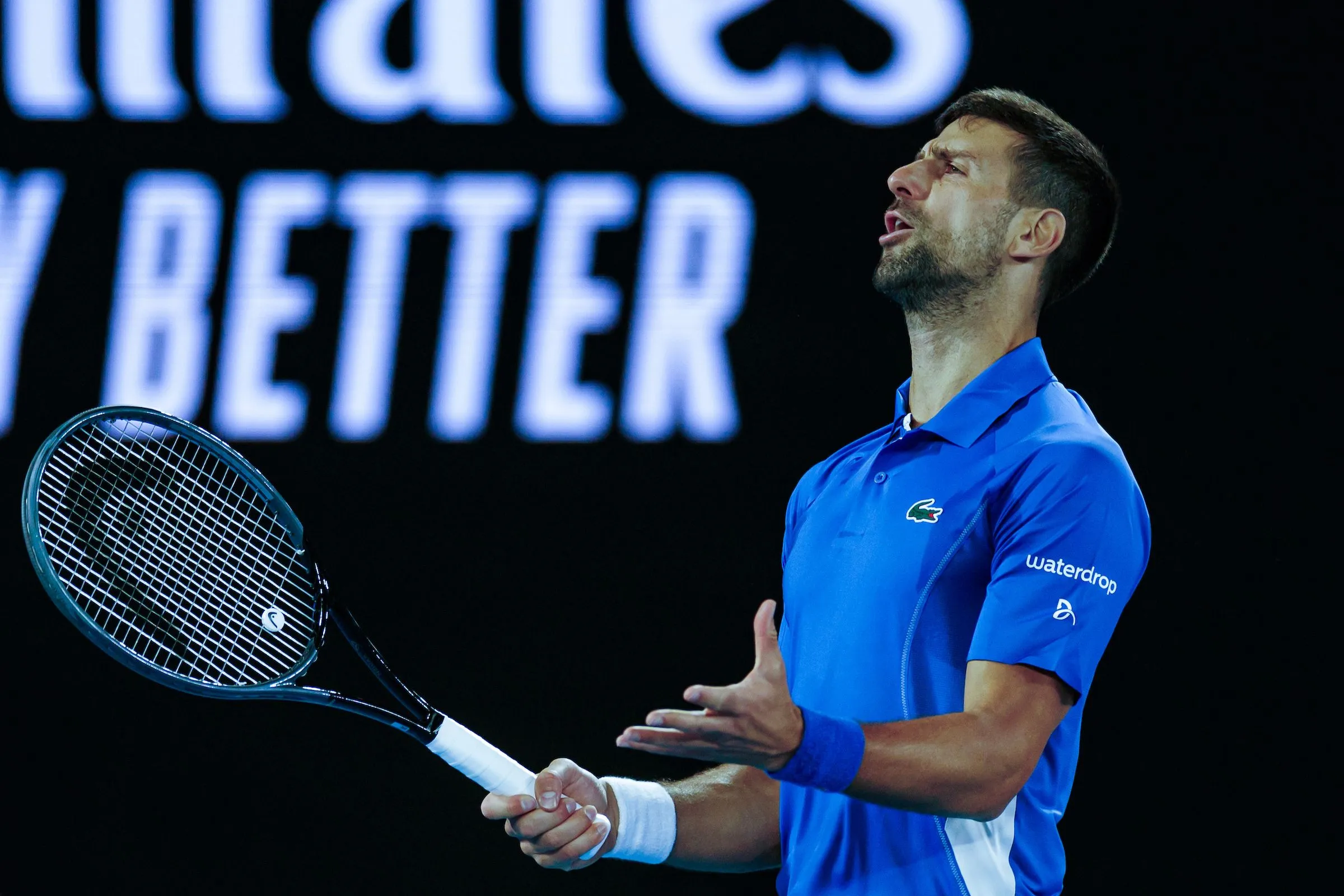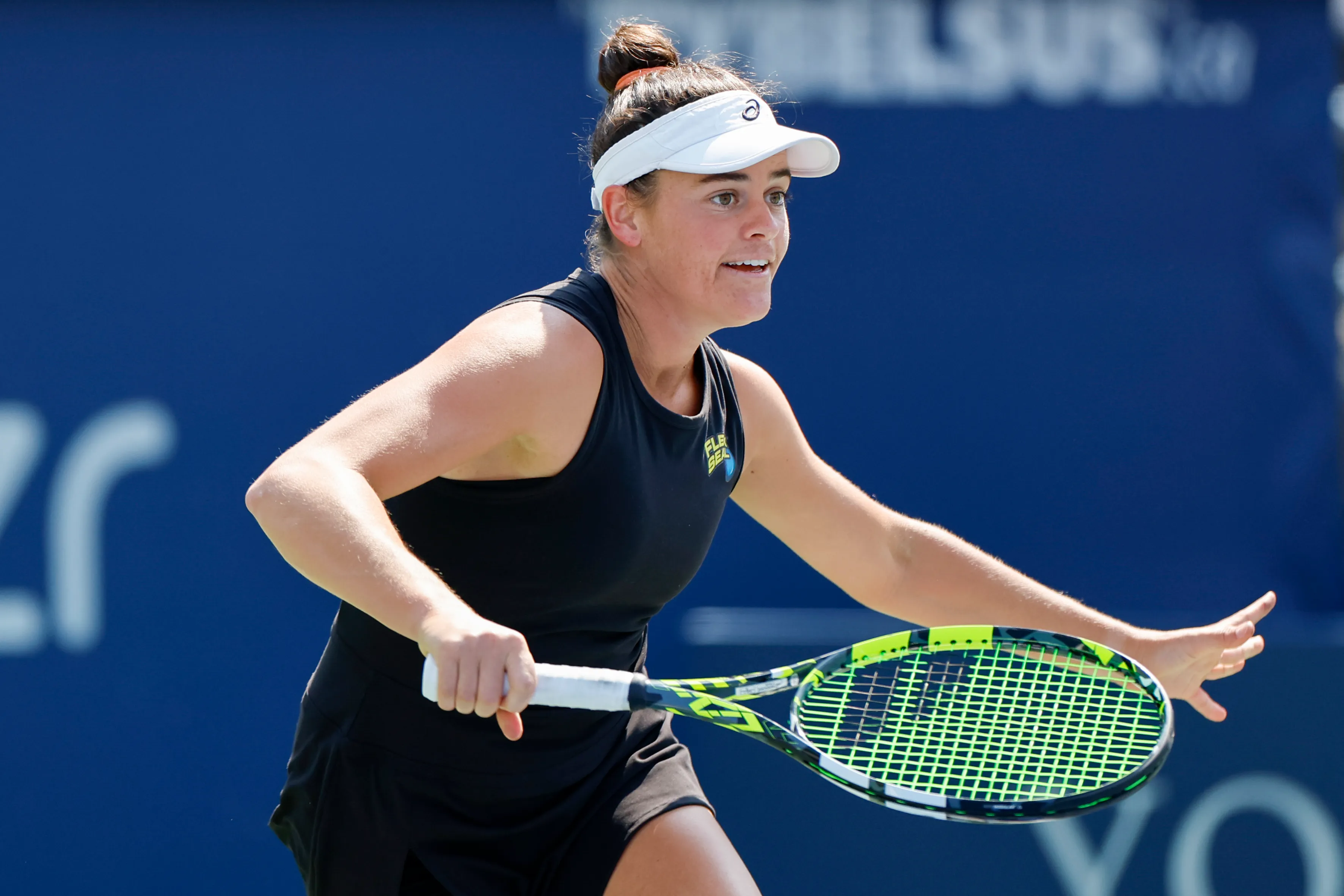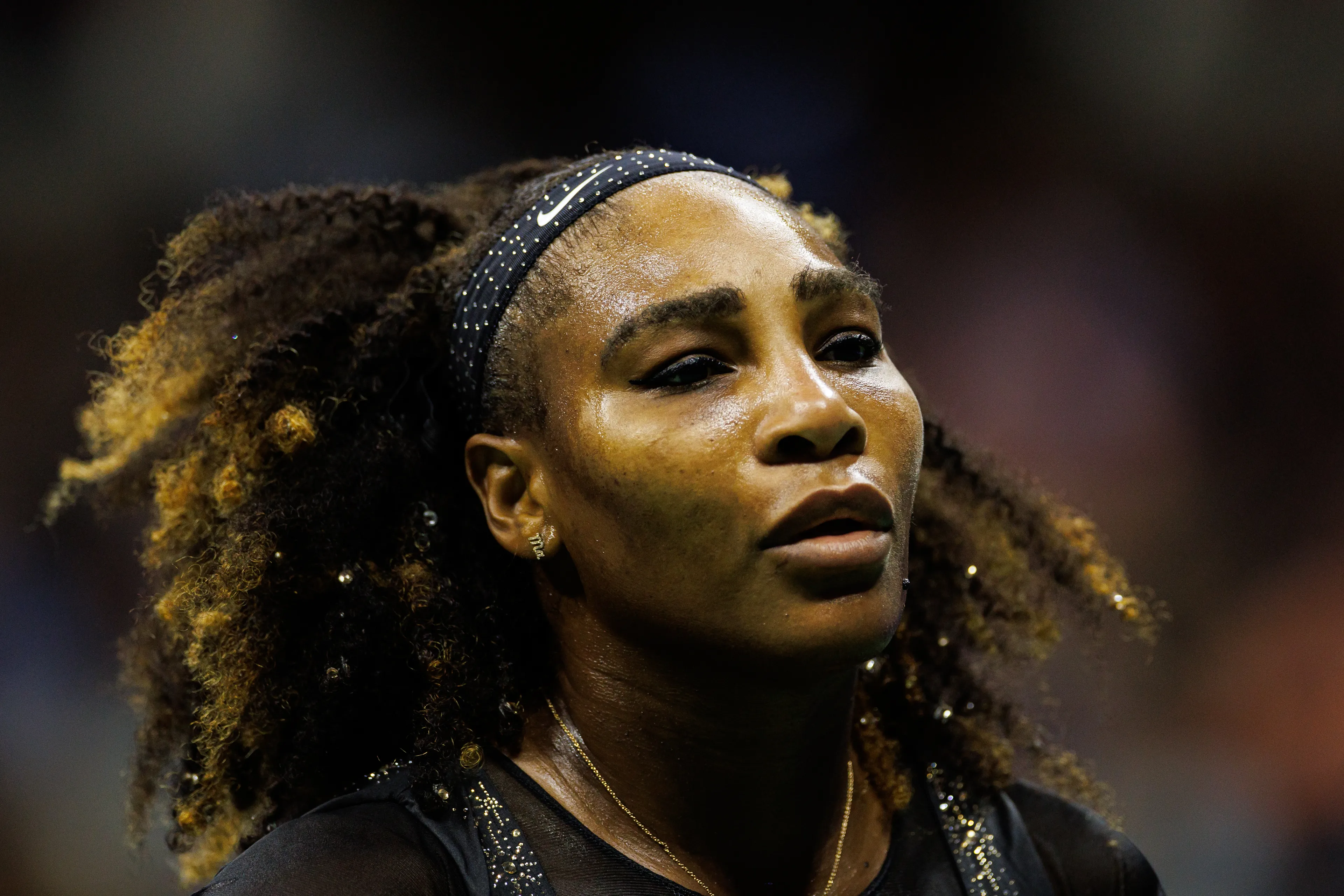New Balls Please: Investigation Looks Into Sustainable Future Of Tennis Balls
ATP & WTAFriday, 08 September 2023 at 14:00
Updated at Tuesday, 12 August 2025 at 15:35

Do you ever wonder what happens to the hundreds of millions of tennis balls used by professional and amateur players each year?
Tennis balls are made of several materials, including plastic, which can be hard to break down in a natural way. In addition, most of the estimated 300 million balls manufactured worldwide head to landfill, where they can take over 400 years to decompose.
A recent investigation by CBS News looked into the issue of non-recyclable tennis balls and highlighted some of the potential uses and ways people are combating the environmental impact of these objects.
Firstly, Jason Quinn, director of Colorado State University's Sustainability Research Laboratory, said in the investigation that tennis balls have plenty of uses once they reach their shelf life, and the objects contribute little to environmental waste.
"Anyone who would say you shouldn't play tennis because of the tennis balls is misinformed. In terms of the impact, it's a blip on the radar. ... And there are things you can do to reuse and repurpose tennis balls to lessen the impact."
Some of the potential objects that can use the plastic and other materials found in tennis balls include dog toys and some parts of chairs. But re-using old tennis balls in this fashion can only be used to a limited extent.
Another consideration to lessen the environmental impact of used tennis balls is to improve the materials used to create the product so it can be recycled more easily. However, players have already spoken out about the change in shape and sizing of balls, especially at the Citi Open earlier this summer.
When speaking to CBS on the issue, Jamie Capel-Davies, the ITF's technical head, explained how the organisation is trying to bring in ways to improve the sustainability of used tennis balls.
"We want to try and identify ways of making the consumption pattern more sustainable and the product more sustainable as well,"
"The overall strategy is to use the waste hierarchy. First of all, to try and reduce the number of balls that are being used. Then reuse balls as best we can. Recycling is third. And then disposing of balls is right at the bottom, the least desirable."
Loading

